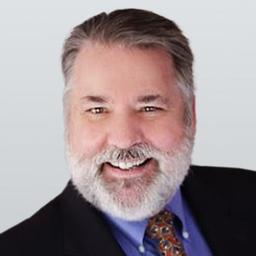“The posterior neck triangle is a clinically relevant anatomic region that contains many important vascular and neural structures. The clinical aspect of the anatomy contained in the posterior neck triangle is useful for a wide variety of medical specialties, including anesthesiology, otolaryngology, physical medicine and rehabilitation, and others. Anatomic variations, as well as variations in nomenclature, exist among arteries and nerves in this region. This article will serve to mitigate ambiguity by providing alternative nomenclature when applicable ...
“Bounding a large anatomic region, the posterior neck triangle further divides into two smaller triangles by the inferior omohyoid muscle. These subdivisions include the occipital and subclavian triangles. The occipital triangle is bounded by the inferior belly of the omohyoid muscle, the trapezius muscle, and the sternocleidomastoid muscle. The subclavian triangle, sometimes referred to as the supraclavicular triangle, is bounded by the inferior belly of the omohyoid muscle, the clavicle, and the sternocleidomastoid muscle.”
HUH???
